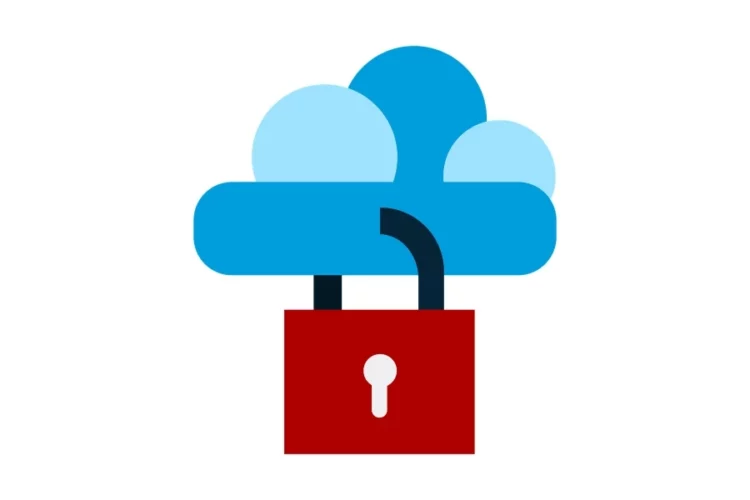Selecting the appropriate migration strategy is a top priority if you’re thinking about cloud migration for your company. Every business’s cloud migration path is unique in some ways and factors. The shift to the cloud may be counterproductive if companies fail to effectively use their cloud environment because cloud migration has a significant influence on a company on a granular level if a firm does not carefully design its cloud migration.
Various Cloud Migration Techniques
There are many cloud migration techniques that a business might take into consideration, which are described below:
Changing the URL or “Lift and Shift”
Rehosting is a popular sort of cloud migration also known as “lift and shift.” Rehosting is transferring a whole application from a business unit’s servers to a cloud environment, without making any modifications.
One of the quickest, simplest, and least expensive methods of cloud migration is rehosting. Rehosting is most often used by businesses since it takes less effort and knowledge. Rehosting also reduces the possibility of any modifications or interference with the application’s code.
Replatforming Or Lifting And Optimizing
Replatforming entails various operating system optimizations, modifications to the application API, and middleware upgrades in addition to the usual lift-and-shift. Consequently, you may take advantage of additional cloud advantages, modify the source environment to make it cloud-compatible, improve application functionality, and prevent post-migration efforts.
It is crucial to bear in mind that the underlying codebase will change before implementing any product improvements. This implies that even minor modifications need a comprehensive retesting of your application’s performance. The program may be transferred to the optimized platform and cloud servers after the anticipated alterations and up-versioning have been executed.
Repurchasing
Some legacy architectural components, such as an internal customer relationship management (CRM) system, may become difficult, costly, and impossible to scale up. In these circumstances, moving this feature entirely to an existing cloud solution makes sense.
If the legacy system has become a genuinely unmanageable dinosaur, this strategy could prove to be cost-effective. The issue with this strategy is that it could be necessary to invest time and money in training workers and end users to use a new third-party system.
Refactoring
It refers to completely rewriting our apps so that they have cloud-native capabilities. Serverless computing and auto-scaling were not possible. Vendor lock-in might be a drawback as we recreate on the cloud architecture. As one would anticipate, it is the most costly and time-consuming approach. However, it is also prepared for the future for businesses who want to profit from more widely available cloud services. It discusses the three most popular methods for transferring our current infrastructure.
The Re-Architecture Method
By altering and increasing its functionality, re-architecting optimizes a program and makes it more scalable, secure, accessible, quick, and agile. You might, for instance, divide a monolithic application into some discrete microservices that can each be read, written, and run separately.
While refactoring includes reorganizing the code, re-architecting focuses on altering how the code operates, therefore capturing the value of the business gains that are independent of the old codebase. Re-architecting is essentially refactoring at a higher level. Re-architecting entails decreasing the particular pieces of code while transferring the service to a new paradigm.
Retiring
You can discover certain apps are no longer relevant after evaluating your application portfolio for cloud readiness. Simply turn them off in this situation. The savings that follow might potentially strengthen your business case for relocating applications.
Retaining
Adoption of the cloud is still not practical for certain businesses. Do compliance concerns stop you from moving data off-site? You may not be ready to give a freshly updated app top priority. In this case, prepare to return to cloud computing later. Only relocate what is necessary for your company.
Conclusion
Planning, testing, and resource allocation are crucial components of a cloud migration strategy. When the process of cloud migration begins, the stakes are quite high. Operations and business must both start securely. This must be addressed as part of a sound cloud migration plan so that the firm may advance by using cutting-edge cloud technologies.







